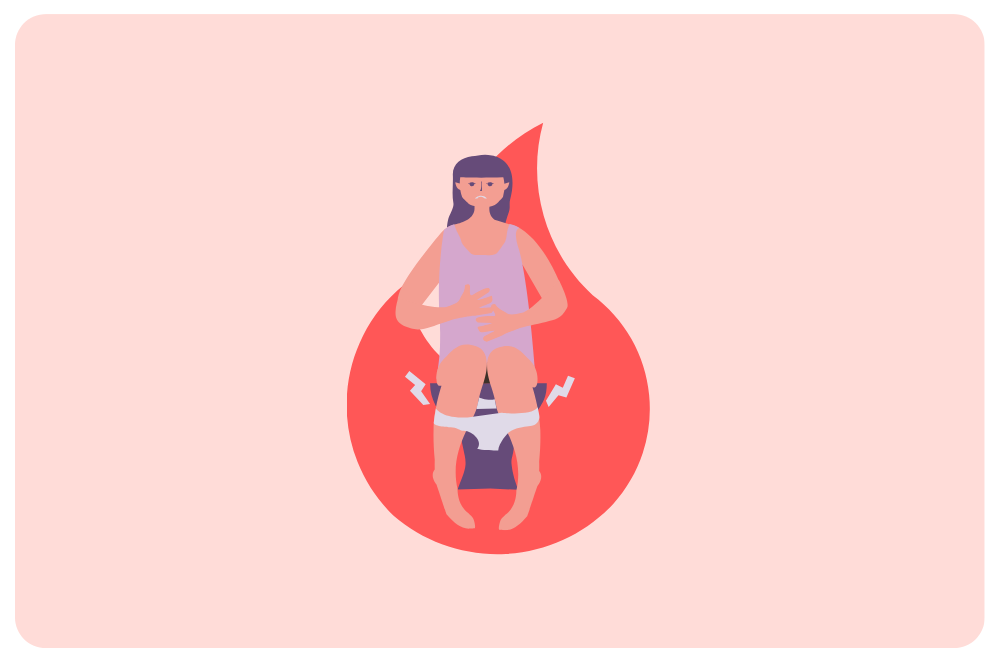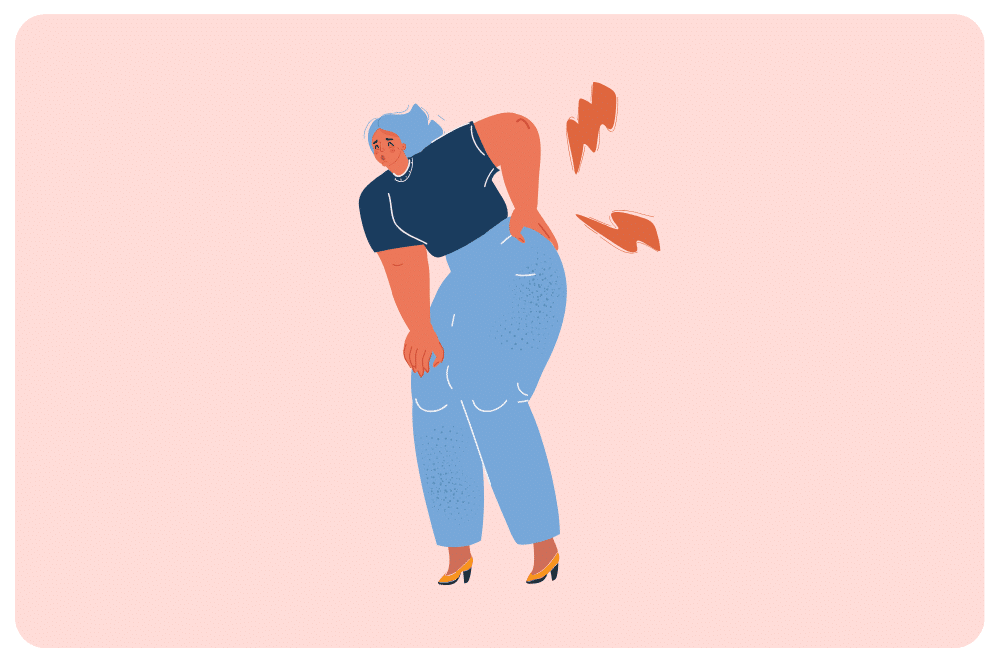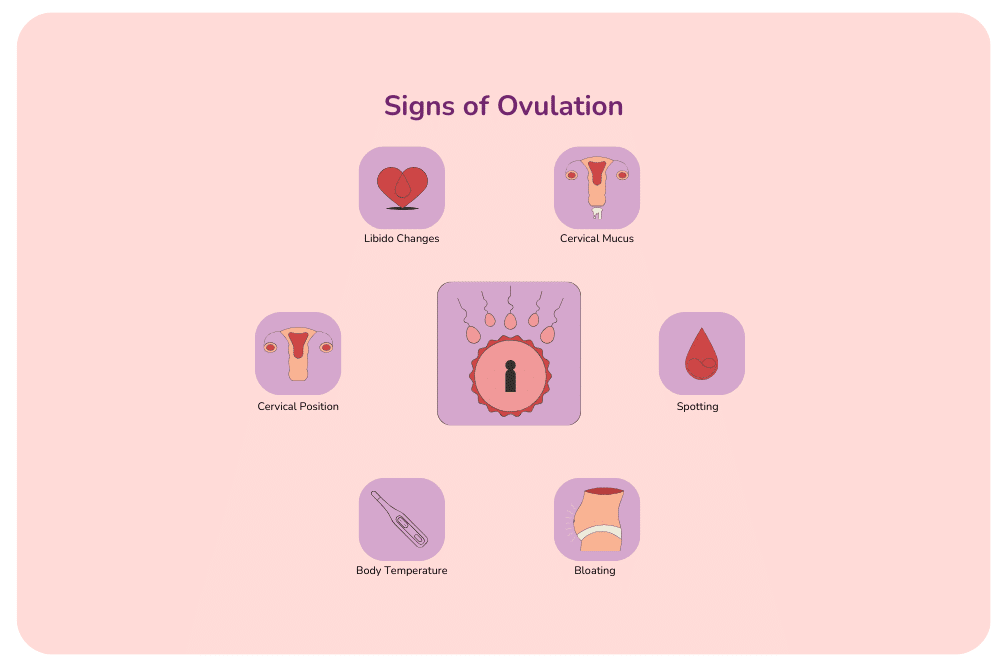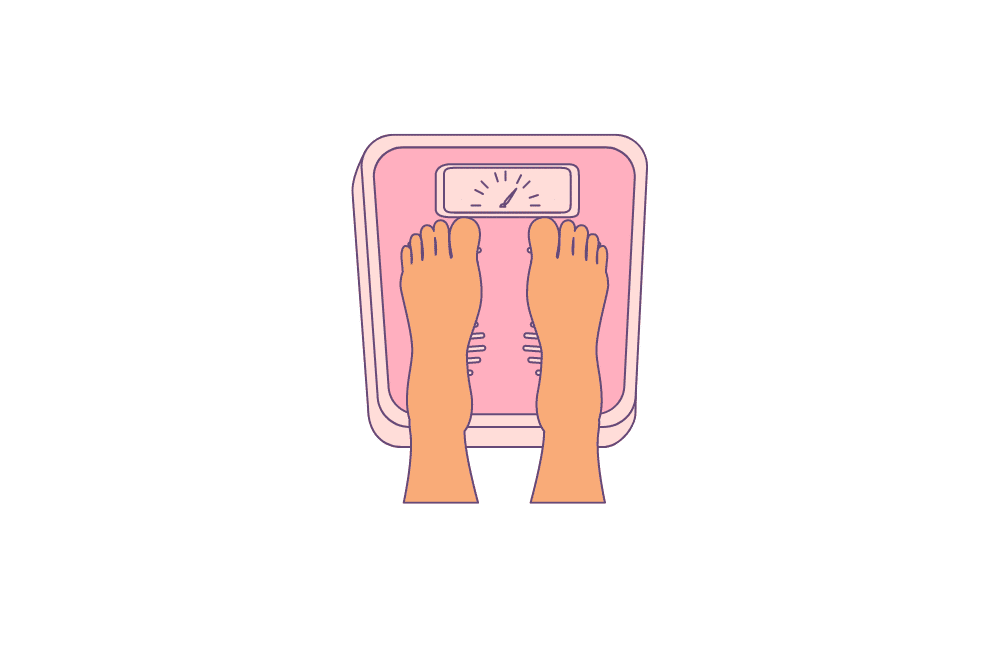You’re going about your day, and suddenly, an all-too-familiar discomfort creeps in. The relentless urge to visit the restroom, the burning sensation that seems to intensify with every passing moment, and the nagging feeling that something just isn’t right down there. If you’ve experienced these symptoms before, you’re not alone.
But understanding UTI symptoms, their causes, and how to treat urinary tract infections effectively can make a big difference in your comfort and well-being. So, let’s dive into the world of UTI symptoms, shedding light on the signs, causes, and steps you can take to treat and prevent UTIs.
What is a UTI?
An Urinary Tract Infection (UTI) is an infection that can occur anywhere in your urinary system. This includes your kidneys, bladder, ureters (the tubes that connect the kidneys to the bladder), and the urethra (the tube that carries urine from your bladder out of your body).
UTIs are common, especially among women. The reason? Women have a shorter urethra than men, making it easier for bacteria to travel into the urinary tract and cause an infection. But don’t worry; UTIs are usually not serious and can be treated effectively with the right care.
The most common type of urinary infection is a bladder infection, also called cystitis. However, UTIs can also affect your kidneys (pyelonephritis) or the urethra (urethritis). Knowing the type of UTI you have is important for proper treatment.

Why Do UTIs Happen?
Understanding why UTIs happen can help you take steps to prevent them in the first place. UTIs occur when bacteria, usually Escherichia coli (E. coli), enter your urinary tract.¹ But how does this happen? Here are a few common reasons:
- Short Urethra: One of the primary reasons UTIs are more common in women is because they have shorter urethras than men. This shorter distance makes it easier for bacteria to travel into the urinary tract and reach the bladder.
- Sexual Activity: Sexual activity can introduce bacteria into the urethra. It’s not uncommon for some women to experience UTIs after sexual intercourse. To reduce this risk, it’s a good idea to empty your bladder before and after sex. Trust us, you don’t want to risk what happens when you don’t pee after sex.
- Wiping Habits: Always remember to wipe from front to back after using the toilet. Wiping from back to front can transport bacteria from the anal area to the urethra, increasing the risk of UTIs.
- Holding in Urine: Holding in your urine for prolonged periods can allow bacteria to multiply in your bladder. Make sure to empty your bladder regularly, and don’t delay urination if you feel the urge.
- Dehydration: Not drinking enough water can concentrate your urine, making it easier for bacteria to thrive. Staying well-hydrated helps flush bacteria out of your urinary tract.
- Certain Birth Control Methods: Some forms of birth control, such as diaphragms and spermicides, can increase the risk of UTIs in some women. If you’re prone to UTIs and use these methods, it might be worth discussing alternative forms of birth control with your healthcare provider.
- Menopause: Changes in hormone levels during menopause can alter the urinary tract, making it more susceptible to infections.
The Common Signs of a UTI
Now that you know what a UTI is and why it happens, let’s get down to the common signs and symptoms to watch out for. UTIs can manifest in several ways, and recognising these symptoms early can help you seek treatment and relief sooner. If you have a UTI, you may:
- pass very small amounts of urine
- feel the need or ‘urge’ to pass urine frequently
- feel that the bladder is still full after passing urine
- feel unwell with nausea and fever
- experience confusion (more common in older adults)
- have pain stinging or a burning feeling when urinating
- have smelly, cloudy, dark or blood in the urine
- pain in the lower back or sides or feel uncomfortable in your lower abdomen¹
It’s important to note that not everyone with a UTI will experience all of these symptoms. Some people have only one or two, while others have several. Additionally, the severity of the symptoms can vary from person to person.
If you suspect you have a UTI based on these common signs, reaching out to a healthcare provider is essential. Early intervention can prevent the infection from spreading and causing more serious complications.

Painful Peeing: A Telltale Sign
One of the most unmistakable signs of a urinary tract infection is the discomfort or pain experienced during urination. This telltale UTI symptom indicates that something is off-kilter in your urinary tract. The sensation can range from mild irritation to intense burning or stinging. It’s important not to ignore this discomfort, as it’s your body’s way of signalling that an infection may be present.
Painful urination, also known as dysuria, typically occurs because the lining of the urethra and bladder is inflamed due to the infection. The sensation can occur as soon as you start urinating and may continue for a short while afterwards. If you’re experiencing painful peeing, it’s essential to take it seriously and seek medical attention promptly. UTIs are highly treatable with antibiotics, and addressing the infection early can bring relief and prevent complications.
Feeling the Urgency: Frequent Urination
Have you ever noticed suddenly feeling the need to rush to the restroom more frequently than usual? This strong and persistent urge to urinate, often accompanied by the feeling that you can’t hold it in, is a common symptom of a urinary tract infection. It’s an uncomfortable sensation that can disrupt your daily routine and lead to frustration.
Frequent urination is one of the ways your body tries to rid itself of the harmful bacteria causing the infection. The infection irritates the lining of your bladder and urethra, making them more sensitive to the presence of urine. As a result, even small amounts of urine can trigger the urge to urinate.
While the urgency and frequency of urination can be worrying, it’s essential to understand that this symptom is your body’s way of trying to flush out the infection. If you’re experiencing these symptoms along with other signs of a UTI, such as painful urination or cloudy urine, don’t hesitate to reach out to a healthcare provider for proper diagnosis and treatment. Early intervention can help alleviate these symptoms and get you back to feeling your best.
Burning Sensation Down There
If you’ve ever experienced a burning sensation in your genital area, you know how uncomfortable it can be. This burning sensation “down there” is a distinct symptom that often signals a urinary tract infection, particularly when it accompanies other common signs like painful urination and frequent bathroom trips.
The cause of this burning sensation is the inflammation and irritation of the sensitive tissues in and around your urethra and genital area. When bacteria from the UTI invade these areas, they trigger an immune response that leads to discomfort and a burning or stinging feeling.
It’s important not to ignore this symptom, as it can be a clear indicator of a UTI. Seeking medical attention promptly is key. A healthcare provider can diagnose the infection and prescribe the appropriate antibiotics to help alleviate the burning sensation and address the underlying issue. Remember, early treatment not only eases discomfort but also prevents the infection from potentially spreading to your kidneys or causing more severe complications.

Cloudy or Bloody Urine
When you visit the bathroom and notice that your urine looks unusual—either cloudy or tinged with blood—it can be a concerning experience. These changes in the colour and appearance of your urine often indicate a urinary tract infection or other underlying issues, and they should not be ignored.
- Cloudy Urine: Cloudy urine can signal your body is fighting off an infection. When you have a UTI, white blood cells, bacteria, and other particles can make your urine appear cloudy. It’s your body’s way of telling you something’s not quite right in your urinary tract.
- Bloody Urine: If your urine has a reddish or pinkish tint, it’s essential to take notice. This could be due to the irritation and inflammation caused by the infection. Bloody urine may sometimes indicate a more severe infection or even a kidney stone.
Both cloudy and bloody urine should prompt you to seek medical attention. Your healthcare provider can perform tests to determine the underlying cause, including a UTI or another condition needing treatment. Ignoring these signs can lead to further complications, so it’s crucial to address them promptly.
Pelvic Discomfort Explained
Feeling discomfort or an unusual sensation in your pelvic area can be worrying, and it’s essential to understand what might be going on. In the context of a urinary tract infection, pelvic discomfort can be a notable symptom. Here’s why it happens and what you should know:
- Bladder Irritation: A UTI typically begins in the lower urinary tract, which includes your bladder and urethra. When bacteria enter your urinary system, they can irritate the lining of your bladder. This irritation can lead to a sensation of pressure or discomfort in your pelvic region.
- Inflammation: As your body fights off the infection, inflammation occurs. This inflammation can affect the tissues surrounding your bladder and urethra, contributing to your pelvic discomfort.
- Location Matters: The pelvis is the area between your abdomen and your thighs, and it houses important organs like the bladder and reproductive organs. When there’s any disruption or infection in this region, it can lead to discomfort or pain.
- Variability: Pelvic discomfort can vary in intensity and nature. Some people may describe it as a dull ache, while others may feel more acute discomfort. It can be constant or come and go.
It’s essential to recognise that pelvic pain and discomfort can result from various conditions, not just UTIs. If you’re experiencing this symptom, especially alongside other signs like painful urination or cloudy urine. They can evaluate your symptoms, perform necessary tests, and provide the right diagnosis and treatment plan. Addressing the discomfort early can help treat it and prevent the infection from progressing to more serious complications.

When to Seek Help
Urinary tract infections are common, especially among women. While they are typically not life-threatening, they can be uncomfortable and, if left untreated, potentially lead to more severe complications. Knowing when to seek help is key to your well-being. Here are some guidelines to help you decide when it’s time to reach out for assistance:
- Common Symptoms Persist: If you experience common UTI symptoms like painful urination, frequent urination, or cloudy urine, and they persist for more than a day or two despite home remedies or increased water intake, it’s time to consult a healthcare provider.
- Blood in Urine: The presence of blood in your urine is not something to take lightly. It can be a sign of a UTI but could also indicate other issues, such as kidney stones or more severe infections. Seek medical attention promptly.
- Fever and Chills: If you develop a fever, especially with symptoms like back pain or nausea, this may indicate that the infection has reached your kidneys. Kidney infections require prompt treatment, so don’t delay seeking medical help.
- Recurrent UTIs: If you constantly ask yourself, “Why do I keep getting UTIs?” or have had several within a year, your healthcare provider may recommend a more in-depth evaluation to identify underlying causes and prevention strategies.
- Pregnancy or Other Health Conditions: If you are pregnant, have diabetes, or have other underlying health conditions, UTIs can be more concerning. It’s advisable to consult your healthcare provider for proper management.
- Severe Pain or Discomfort: If you experience severe pain, especially in your lower back or abdomen, seeking immediate medical attention is essential. This could indicate a more serious infection or other medical issues.
Remember that UTIs are common and treatable, and seeking help early can make a significant difference in your comfort and recovery. Your healthcare provider can diagnose the infection and prescribe antibiotics to clear it up. It’s always better to be cautious about your health, so don’t hesitate to reach out if you have any concerns about UTI symptoms or their severity.
Ready to address your UTI symptoms? Explore Youly for online UTI treatments now!
Source
- Health direct. Urinary tract infection (UTI) [Internet]. Healthdirect.gov.au. Healthdirect Australia; 2019. Available from: https://www.healthdirect.gov.au/urinary-tract-infection-uti





